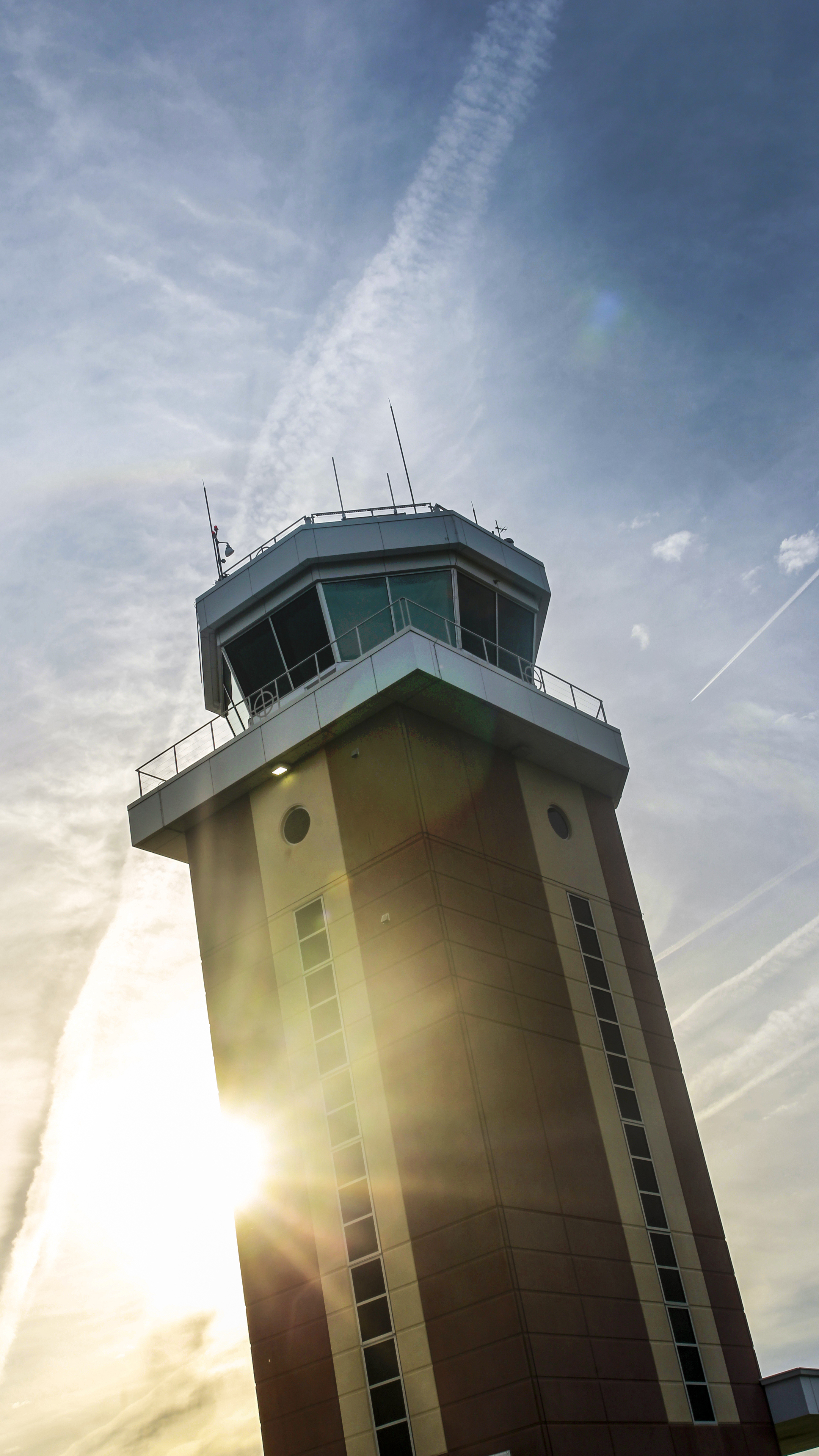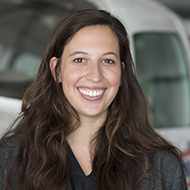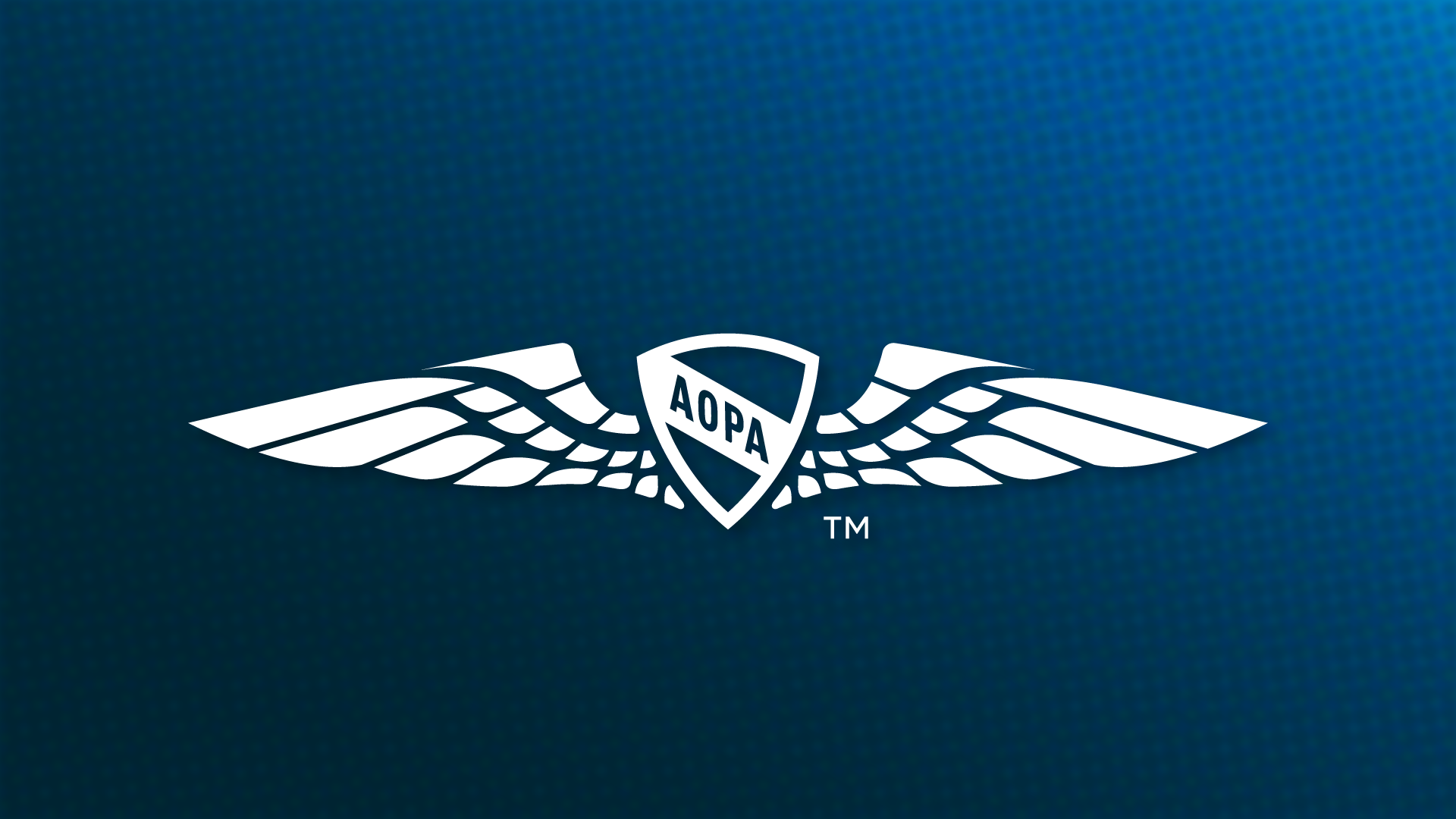Up to the challenge
Flying goals to keep you sharp

Once you’ve done those flights a bunch of times, they won’t be that challenging for you either. To become better pilots and stay proficient, we need to find a way to work some attainable challenges into our flying schedules in small, realistic steps where we apply what we learned in training to the real world. These tips might help you get on the way to planning your next adventure.

High and low
In the same day, fly to a high elevation and low elevation airport.
Whether you shoot for the highest and lowest airports in your state, or just a nearby higher and relatively lower airport, this challenge will test your skills and help develop an appreciation for density altitude. If you can choose two airports that have at least a 3,000-foot elevation difference (good luck finding that if you’re in the South, but you can cheat a little with a summer day and density altitude), you’ll really be able to feel the difference in performance. In turn, this will give you a better appreciation for and understanding of density altitude risks, and what flying at a higher true airspeed actually feels like.
Whenever I fly up to Big Bear (L35, 6,752 feet msl) from my home airport in Torrance, California (TOA, 103 feet msl), I appreciate that thick sea level air so much more when I come home than I did when I took off. I’m looking forward to getting even more extreme with this, and visiting Big Bear and Death Valley’s Furnace Creek (L06, minus-210 feet msl) in the same day, which has a negative elevation because it is below mean sea level. I’ll have to wait for winter, though, because that Death Valley heat and Big Bear density altitude are no joke.

Short and long
Visit a shorter strip than where you normally fly, and go fly with the jets at a multi-mile long field.
What counts as a short field will depend on you. It might be 3,000 feet, or 1,200 feet, or even shorter. No matter what, as long as it is shorter than where you normally fly, it’ll be great practice, and require precise energy management to get the job done. Practicing slow flight before you enter the pattern for a short field can help get those skills back if they’re rusty, and you can always simulate a short field with runway markings as well.
Flying on longer than normal runways is good practice, too. With longer fields that normally can accommodate airliners, they are typically rather wide. Because of this, it’ll be easier to misjudge your altitude, and bringing in an altitude scan a little more than normal here. You’ll also potentially be flying with bigger airplanes, maybe even asked to maintain best forward speed, or to expect to exit at a certain taxiway before you’re even on the ground.
Every once in a while, I’ll head out to San Bernardino (SBD), which has a mind-bendingly long 10,000-foot runway. It’s good practice, and fun to fly with the big jets. It’s hard to find anything shorter than 3,000 feet out here, but even that is good practice, too.

VFR and IFR
Fly VFR and IFR in the same day.
You will probably need an instructor or a friend’s help with this one, but it’ll be fun and easy to do, especially in the summer months when icing is less of a concern.
Fly a cross-country IFR in the morning and then VFR back home after breakfast or lunch somewhere fun. If you build this into your normal flying schedule, you’ll have an easier time staying instrument current as well. Navigate by flying the airways on leg one, then navigate via dead reckoning on the way back. Enjoy the comfort and ease of ATC handoffs on your instrument flight plan, then enjoy the challenge of traversing airspace VFR.
Recently, a friend and I hopped down to Carlsbad IFR before making our own way back to Los Angeles VFR. In busy areas like Southern California, a good pilot is almost always talking to ATC, but having the freedom to fly more directly VFR on the way back—rather than following ATC’s routing—was much more efficient in this case, especially after the marine layer burned off.


Towered and nontowered
Talk to ATC and manage yourself in the pattern.
Often with low-time pilots, whatever type of airport they fly out of means they end up fearing the other. The towered folks can’t stand nontowered fields—the nontowered folks avoid ATC at all costs. But, you won’t get better at either without practice, and what starts as discomfort will turn into fear, leading you to avoid certain airports going forward. Work this into your flying routine to keep both sets of skills sharp. Visualizing traffic and self-regulating the pattern at nontowered fields is a critical skill, as is navigating a busy pattern at a towered field where ATC may tell you to fly atypical patterns, sidestep, or go around for spacing. Hop between some local spots to get this one done. An ultimate form is visiting a privately owned nontowered field before heading into a Class B airport—admittedly difficult to do—but any towered and nontowered fields will do.
My favorite way to practice these skills is to leave Torrance (TOA) and hop over to Catalina’s Airport in the Sky (AVX). Any day the sun is shining, AVX is typically busy, especially on the weekends, and landing requires cooperation from the pilots on the ground and in the air. And the reward of landing there is of course, totally worth the challenge.
Paved and unpaved
Feel the difference at a real soft field.
Hand in hand with towered and nontowered, you can add in paved and unpaved strips in the same day. Contending with a real soft field will refine your soft field techniques—you’ll really understand why you need to keep that nose up in grass, and why you want to get away from potentially damaging gravel ASAP as well.
This one’s a little harder to accomplish here in Southern California, but last year while ferrying the AOPA Sweepstakes 182 to Oshkosh, I had the opportunity to land on grass after a busy day of all pavement. It felt like a reward, and that full back-pressure you are taught to keep in is made so much more real when you are actually trying to keep the prop out of bumps in the grass.

Every runway at a field on the same day
Practice for the day when you might have to land with a tailwind.
Have you ever found yourself as the only one in the pattern on a calm wind day? This challenge is perfect for times like that. Other than good weather, to land on every runway at a field on the same day, you will need either an obliging controller or a quiet field, but it can be done. You’d be surprised how on a slow day an air traffic controller might be willing to work with you to get this done—otherwise you can carefully depart and re-enter the pattern as long as you aren’t throwing off the flow of traffic. Perhaps try this one with a CFI, practice with some mild crosswinds, and learn what landing with a tailwind actually feels like. Sometimes, we can get so used to always landing on the same runways at our favorite fields that a wind shift to another runway feels uncomfortable. At larger towered fields, especially those with IFR traffic, it is common to have a mild tailwind on landing based on traffic flow. Prove to yourself that you can handle changing conditions with some practice like this.
Once upon a time back in my college days, the controllers at my home field were in a very good mood and let my instructor and me try out three runways all in one flight. ATC made it easy, and it was my first time landing with a tailwind—you can’t really anticipate how strange it feels and how much runway it eats up until you experience it yourself.
Did reading one of these suggestions make you feel a little nervous, like maybe you couldn’t do it? Bring a CFI and start with that one. No matter what challenges you choose to take on, completing them will make you a better and more proficient pilot, expanding your flying horizons in the process and letting you fly to even more fun places comfortably and safely.



